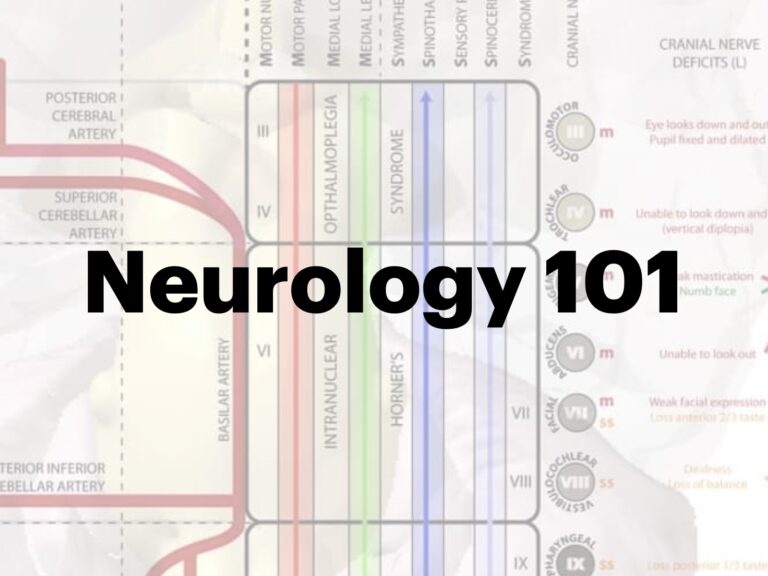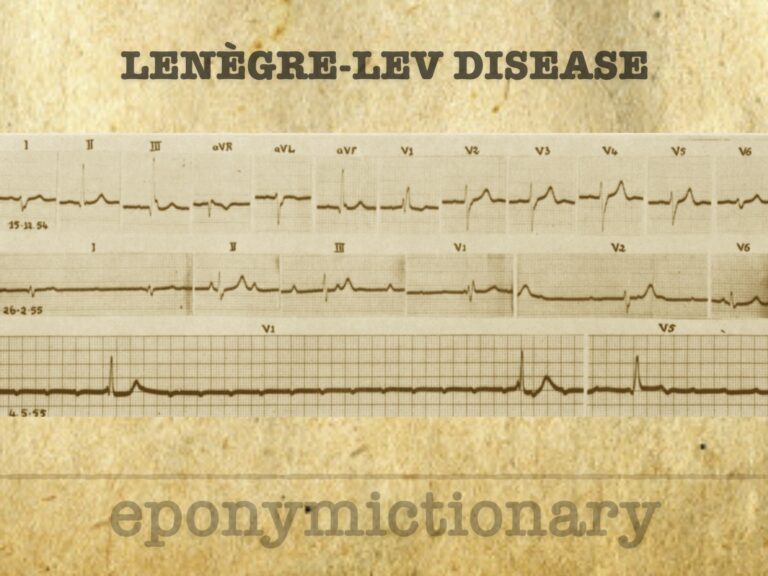
Neuro 101: Cranial Nerves
Neuro 101: A brief overview of the cranial nerves, their function, methods of testing and common pathology

Neuro 101: A brief overview of the cranial nerves, their function, methods of testing and common pathology

EGPA (Churg–Strauss syndrome): rare ANCA-associated vasculitis with asthma, eosinophilia, and systemic granulomatous inflammation of small vessels

Lotte Strauss (1913–1985), pioneer in paediatric and perinatal pathology, co-described Churg–Strauss syndrome and helped found the Society for Pediatric Pathology

Jacob Churg (1910–2005), pioneering pathologist, co-described Churg–Strauss syndrome and transformed renal pathology through biopsy-based diagnostics

Bernhard Kayser (1869–1954) German ophthalmologist. First described the greenish-brown corneal ring now known as the Kayser–Fleischer ring in Wilson’s disease.

Robert Alvin Berman (1914-1999) was an American anesthesiologist and inventor including the Berman Airway, Quick Cuff and Respir-Aider

Mitral regurgitation (MR) is a common pathology detected during echocardiography. Accurate identification and grading rely heavily on colour and spectral Doppler imaging across multiple standard views.

René-Jacques Croissant de Garengeot (1688–1759), Parisian surgeon, described appendix in femoral hernia, wrote on lacrimal surgery, and devised the tooth key

German-born American pediatrician Abraham Jacobi (1830–1919) founded U.S. pediatrics, led reform in child health, and shaped medical education and policy.

Neuro 101: The brainstem is organised into three regions: the medulla, pons, and midbrain. A review of pathology and syndromes

Pioneer of clinical cardiac electrophysiology, Sir Thomas Lewis (1881–1945) advanced ECG use, defined effort syndrome, and discovered the Lewis Triple Response.

Acquired fibrous degeneration of the left and right bundle branches, eventually manifesting as permanent complete atrioventricular (AV) dissociation with cardiac pauses and Adams-Stokes attacks